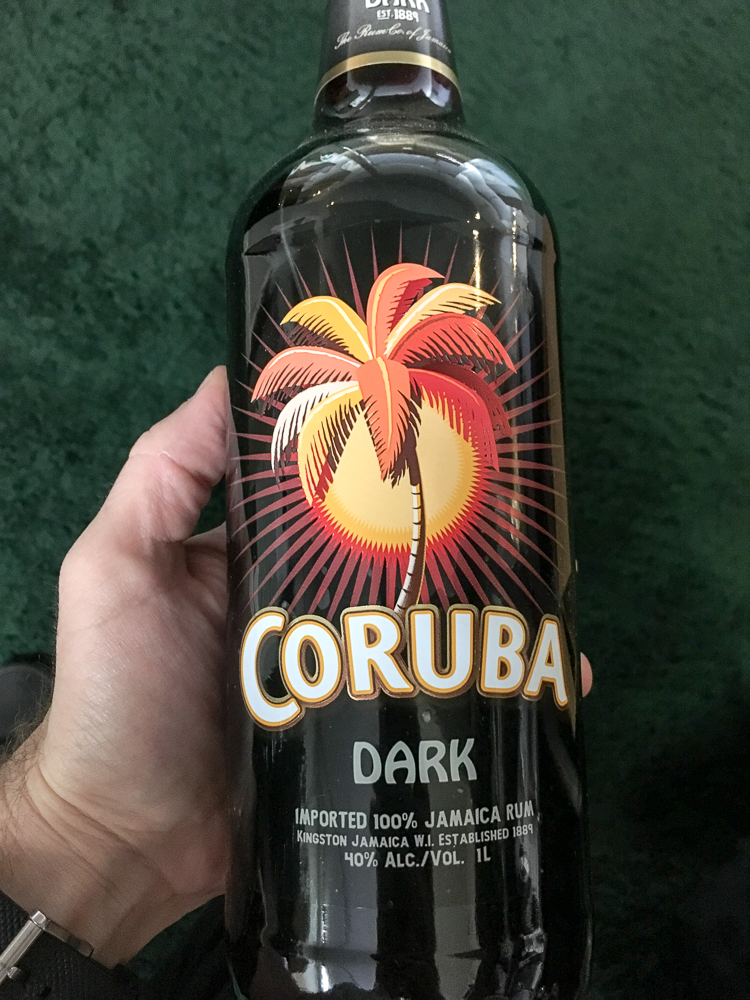The Rum Classification Dilemma
Let me start off by saying that if you're looking to get into rum, there's no better online destination I've found than Matt Pietrek's Cocktail Wonk blog. Not only does Matt go into extreme detail about some of the geekier, scientific details of production, he manages to do it all with great photos and an approachable attitude. Never once in reading his work have I felt like I was being lectured, or learning from a man that I would never actually want to meet! More importantly, his blog is the exact opposite of this blog. I don't think I'm that great of a writer, but I can write fast. I make grammar mistakes, there are always typos, but there is new content just about every day. Matt, on the other hand, may only add a new post every few weeks, but when he does the work is substantial and all-encompassing. I've been utterly captivated by his website for the last few months, especially since my Bordeaux and Burgundy duties have taken serious time away from my spirits researching. I'm happy to say, however, that thanks to Matt, some speed tasting, my friend Martin Cate, and a number of great books about rum that have been released over the last year, I think I'm back up to market speed. While I've always thought I knew a little something about the category, I took my finger off the pulse of the underground and that's my fault. No longer!

One of the most interesting conversations happening in the rum world right now relates to how we talk about rum (Matt actually attended a panel at the recent Tales of the Cocktail called "Moving Beyond Colour" that you can read about here). As you may or may not know, rum is often labeled and categorized by color: gold, dark, white, etc. The Coruba Dark Jamaican rum pictured above (we have it available in liters), made by J. Wray & Nephew is such an example. You'll sometimes hear dark rums like this referred to as "Planter's rums" as well because of their role in the famous Planter's Punch cocktail, a classic tiki drink made with dark rum and plenty of fresh juices. What a number of industry professionals are pushing for, however, is a new way of thinking about rum via a new classification system, one rooted specifically in how a rum is produced. I'd check out Matt's article linked above if you want to see all of the different takes on the issue, but I'm going to post Martin's system from his Smuggler's Cove book/bar here as I think it's the easiest to understand for those of you coming from a whiskey background:
- Pot Still (unaged, lightly aged, aged, long aged)
- Blended (lightly aged, aged, long aged)
- Column Still (lightly aged, aged, long aged)
- Black (pot still, blended, blended overproofed)
- Cane (Coffey still aged, pot still unaged, pot still aged)
- Cane Martinique AOC (blanc, vieux, long aged)
- Pot Still Cachaça (unaged, aged)
Phew! You can see how complex the rum category is now, right? There are so many different types of rums out there that it can be difficult to manage if you don't know exactly what you're getting into. Many of you already understand the different between pot still spirits (single malt Scotch, Cognac) and column still spirits (Bourbon, rye, Canadian whiskey, Armagnac), but rum (much like blended Scotch) often uses both in a blend. Black refers to rums that have added color and sometimes sugar. Cane refers to rums made from sugarcane juice/syrup rather than molasses. Martinique has its own protected appellation for rhum (like Bordeaux or Burgundy), so it's listed separately. And then there's Brazilian Cachaça.
If you're curious as to which rums at K&L fit into which categories, stay tuned. We'll get there. Understanding how rum is made is paramount to moving beyond many of its misunderstandings.
-David Driscoll
